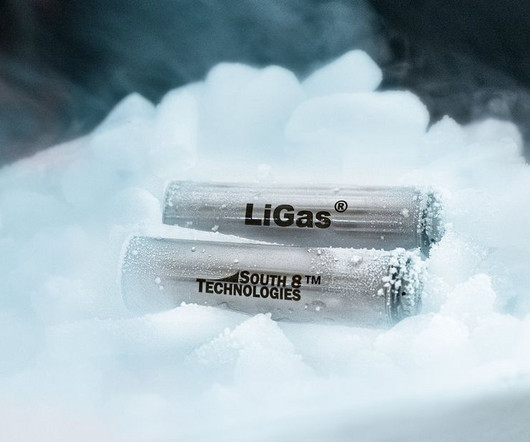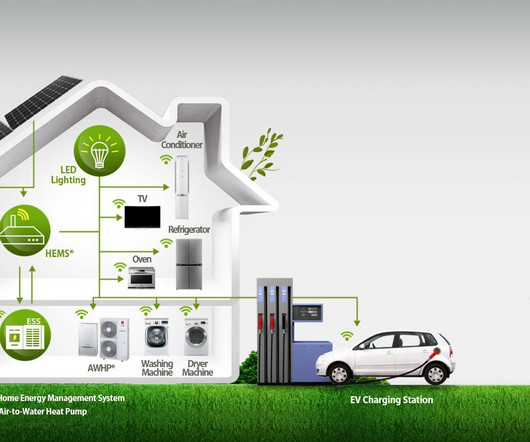Goodenough perspective on Li-ion batteries; in transportation, PHEVs for the near-term, longer term requires new electrochemical strategies
Green Car Congress
JANUARY 21, 2013
John Goodenough at the University of Texas at Austin and colleague Kyu-Sung Park have written a perspective paper on Li-ion batteries (LIBs), published in the Journal of the American Chemical Society. Opportunities exist for the chemist to bring together oxide and polymer or graphene chemistry in imaginative morphologies. ”.a





































Let's personalize your content